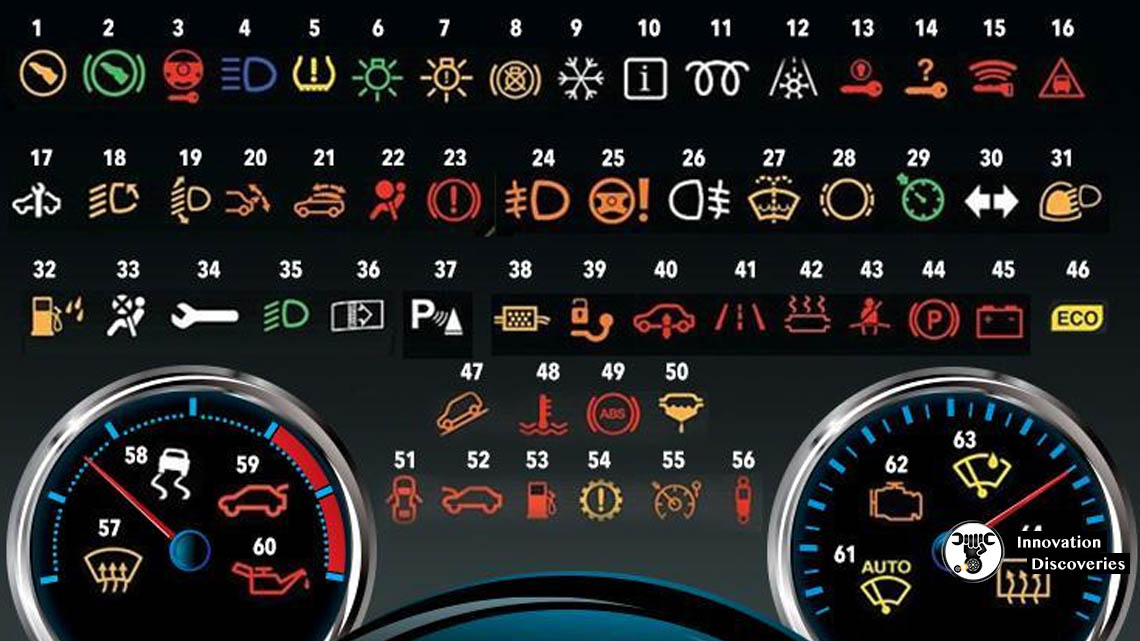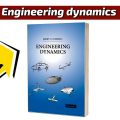Assuming clockwise rotation of the rotor:
1. Intake (Drawing in of charge at atmospheric pressure)
Since vertex 1 crosses the inlet port, while vertex 2 stays between the inlet port and the exhaust port, the fresh fuel charge is drawn into the chamber.
2. Compression (Reduction of charge volume at constant energy)
The fuel charge between 1 and 2 is ‘squeezed’ between the rotor and the housing as vertex 2 reaches the inlet port, resulting in compression.
3. Ignition (Heat addition at constant volume)
When the charge is compressed, it is ignited with the aid of a spark. Which results in constant volume heat generation.
As a result, the pressure in the area surrounded by 1 and 2 also continues to increase, causing the rotor to push and to ‘ease’ out.
4. Exhaust (Expansion of volume at constant heat)
The rotor shifts to allow for expansion because of the tremendous pressure resulting from the ignition. While 1 and 2 have shifted towards expansion, vertex 3 assumes an induction-fit role.
In the meantime, the exhaust port between 1 and 2 allows the expulsion of spent gases, making this a process that must continue.
Advantages and Drawbacks of a Wankel Engine
With the invention of the Wankel engine, as many as 100 manufacturers raced to introduce their own variations of the concept.
For several factors, the Wankel rotary engine had triumphed over the reciprocating engine.
Advantages
1.Less mechanical components which lead to less wear and tear.
2. At 1/3 the size of a reciprocating engine, a Wankel engine can produce equal power, while providing a better power-to-weight ratio.
3. Overlapping combustion cycles make power supply superior and smooth, thus enabling the engine to run at higher RPMs.
4. A Wankel engine is naturally balanced and faces no problems resulting from unbalanced forces, which is a big problem in engine reciprocation.
5. Like a reciprocating piston engine, a Wankel engine can not seize.
Notwithstanding many mechanical superiorities, however, Wankel engines didn’t become a mainstream choice.
Disadvantages
1. The rotor in a Wankel engine has three zones operating at different temperatures, resulting in uneven expansion and ultimately poor energy isolation, unlike reciprocating engines, where one piston tackles only one loop.
2. The combustion chamber does not have a uniform cross-section but is instead spread out between two surfaces. This results in a slow and incomplete operation, which raises inefficiencies due to the expulsion of unburnt charge from the system.
3. Unlike reciprocating engines, which are sealed by circular piston rings, sealing rotors are difficult since sealing components on the vertices can not withstand immense pressure for extended periods.






2 Comments